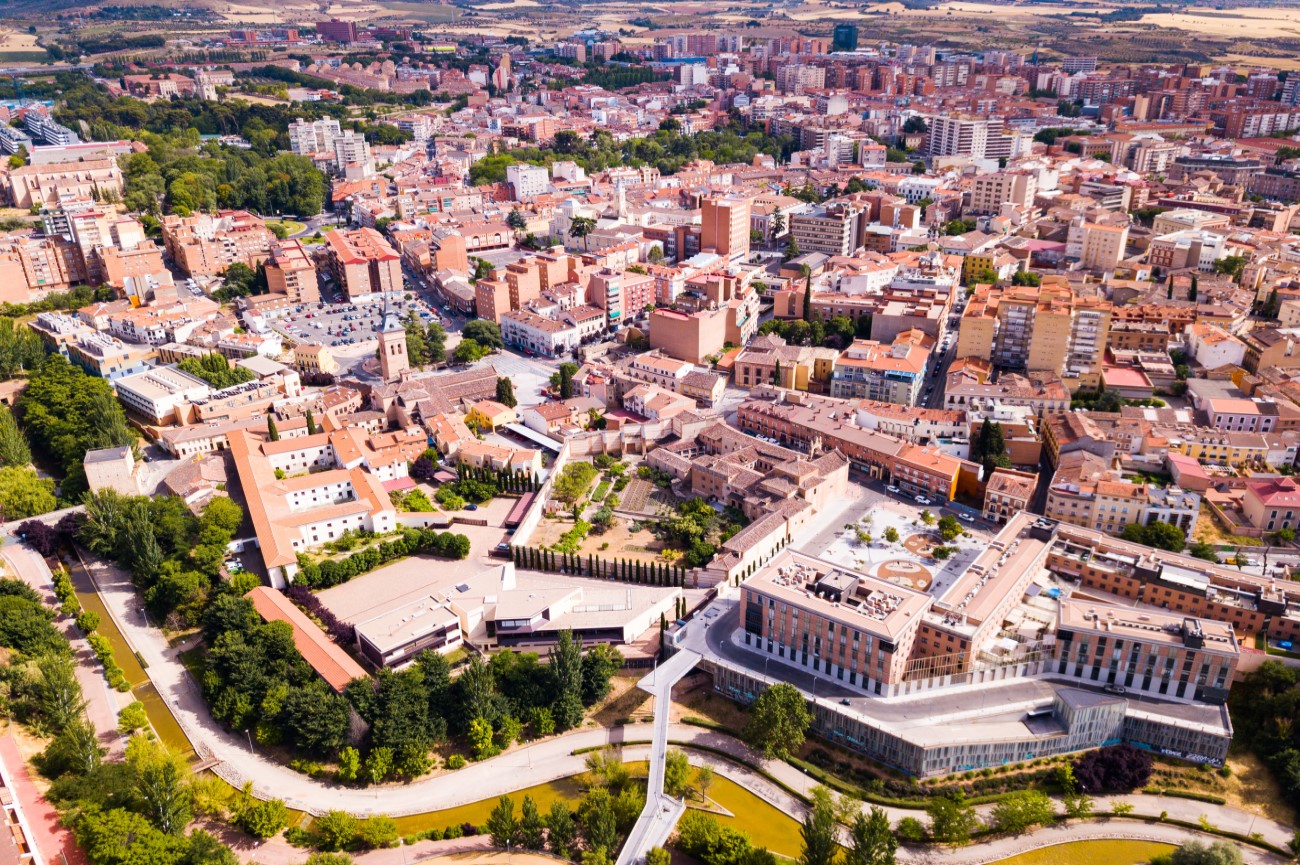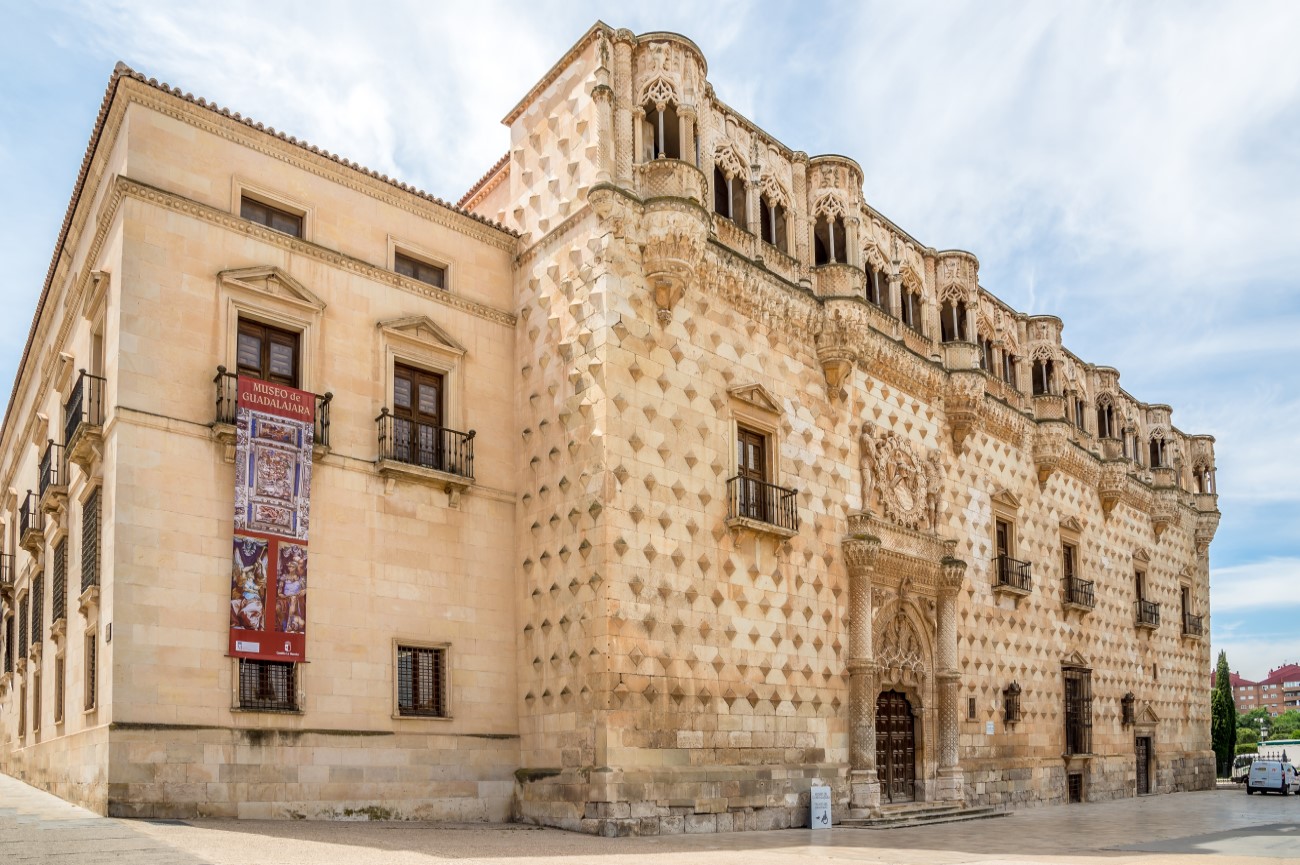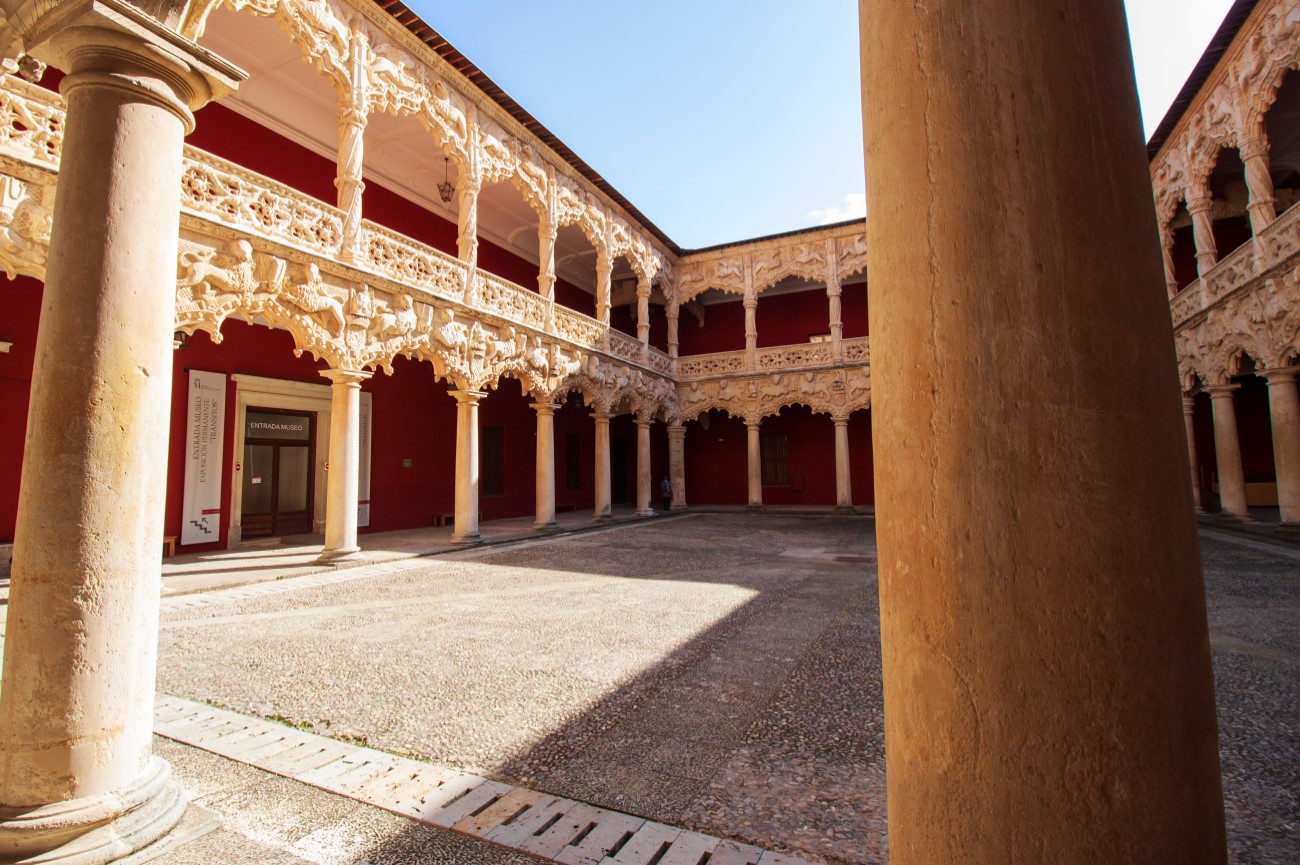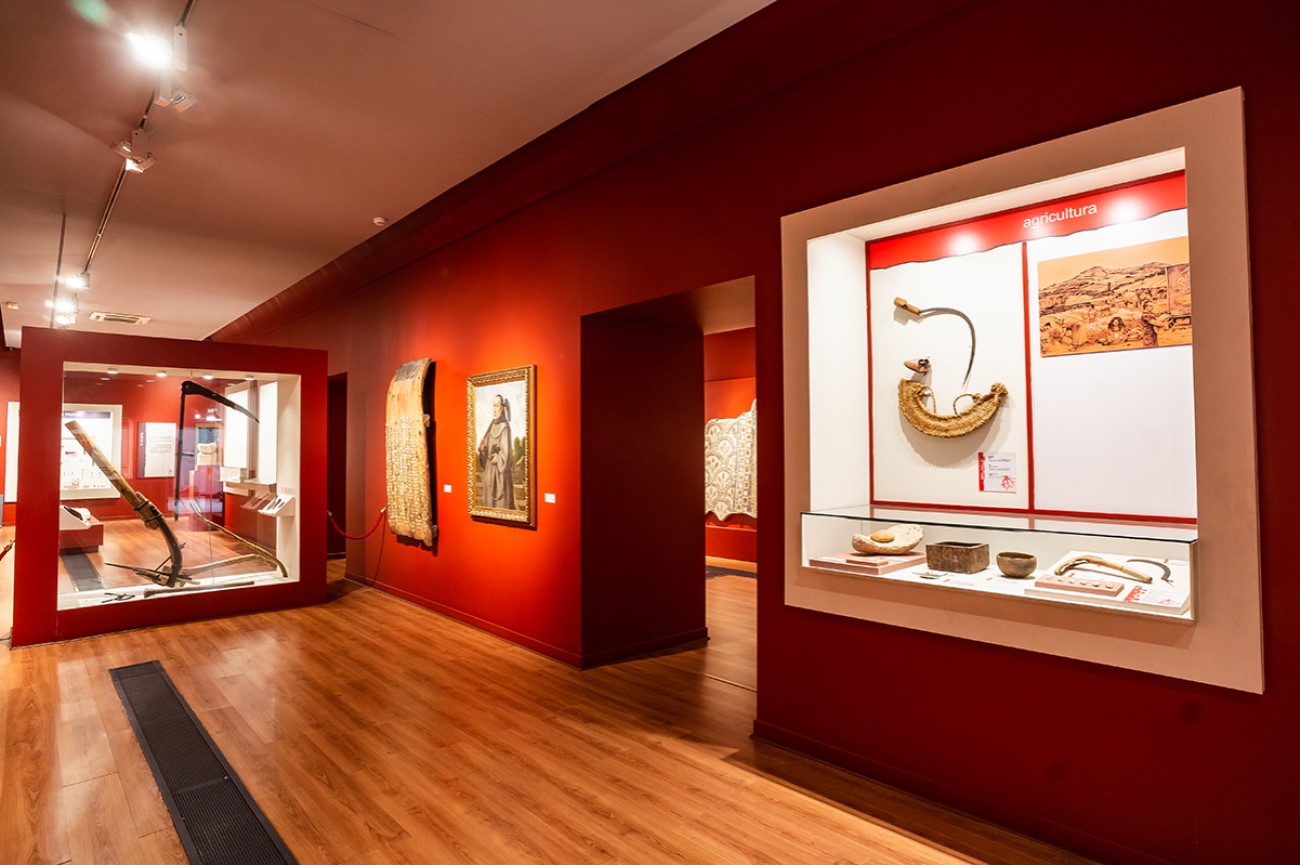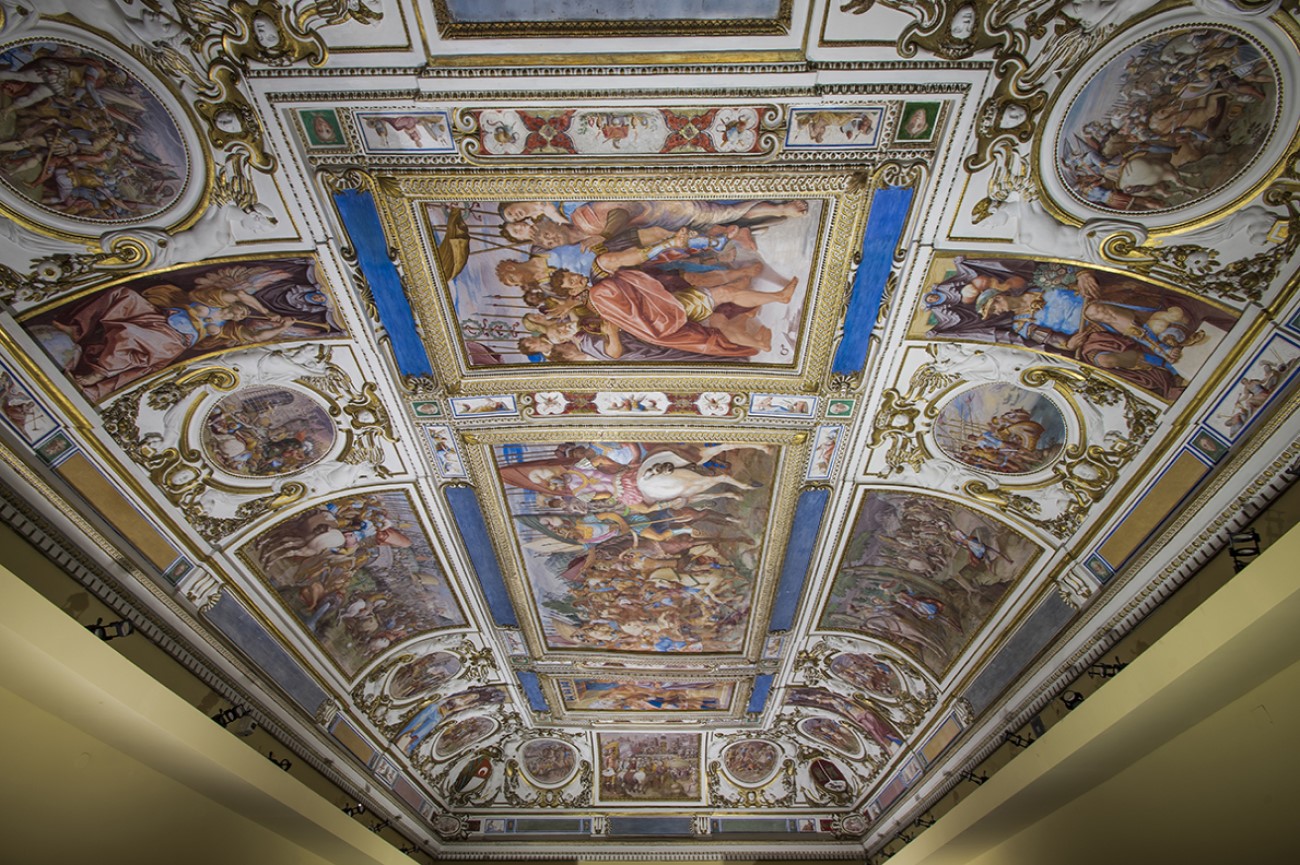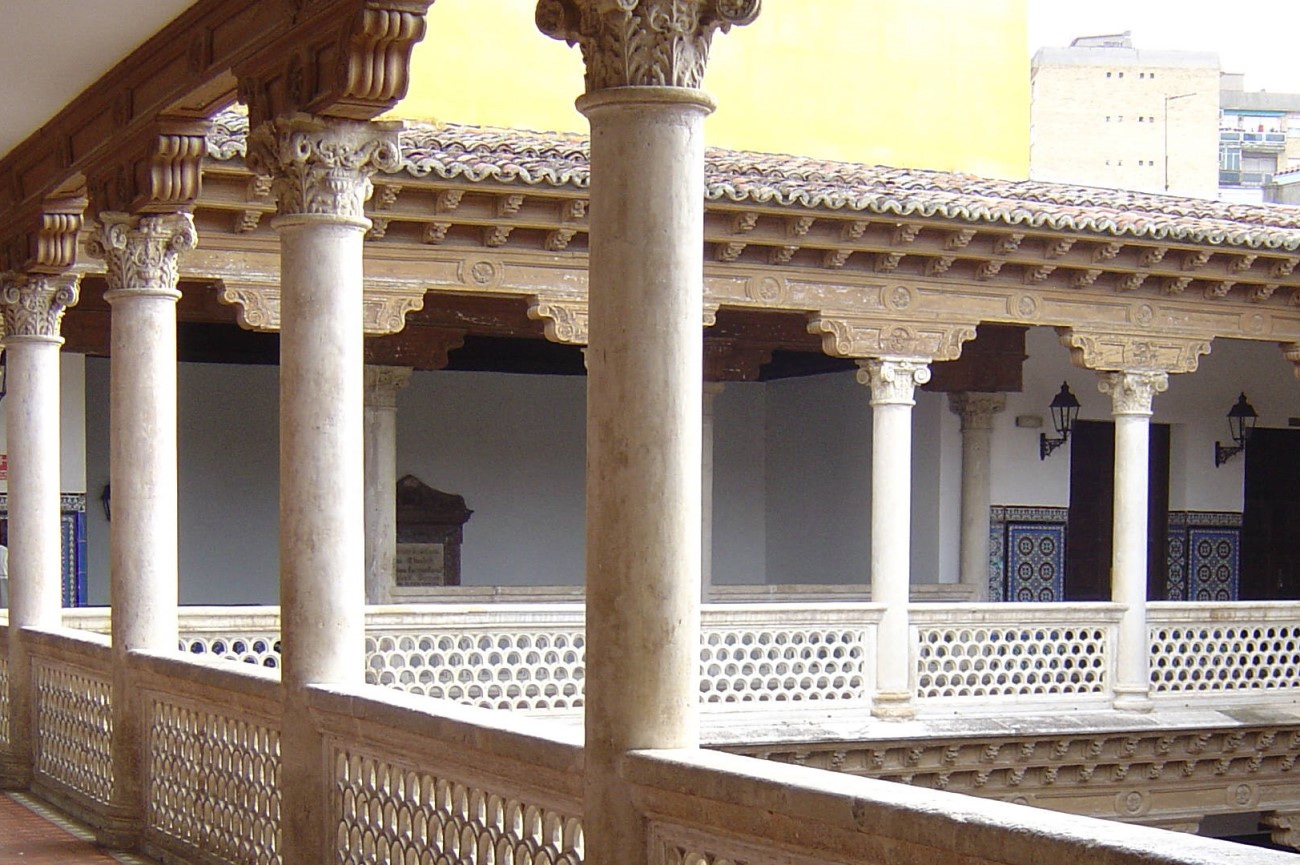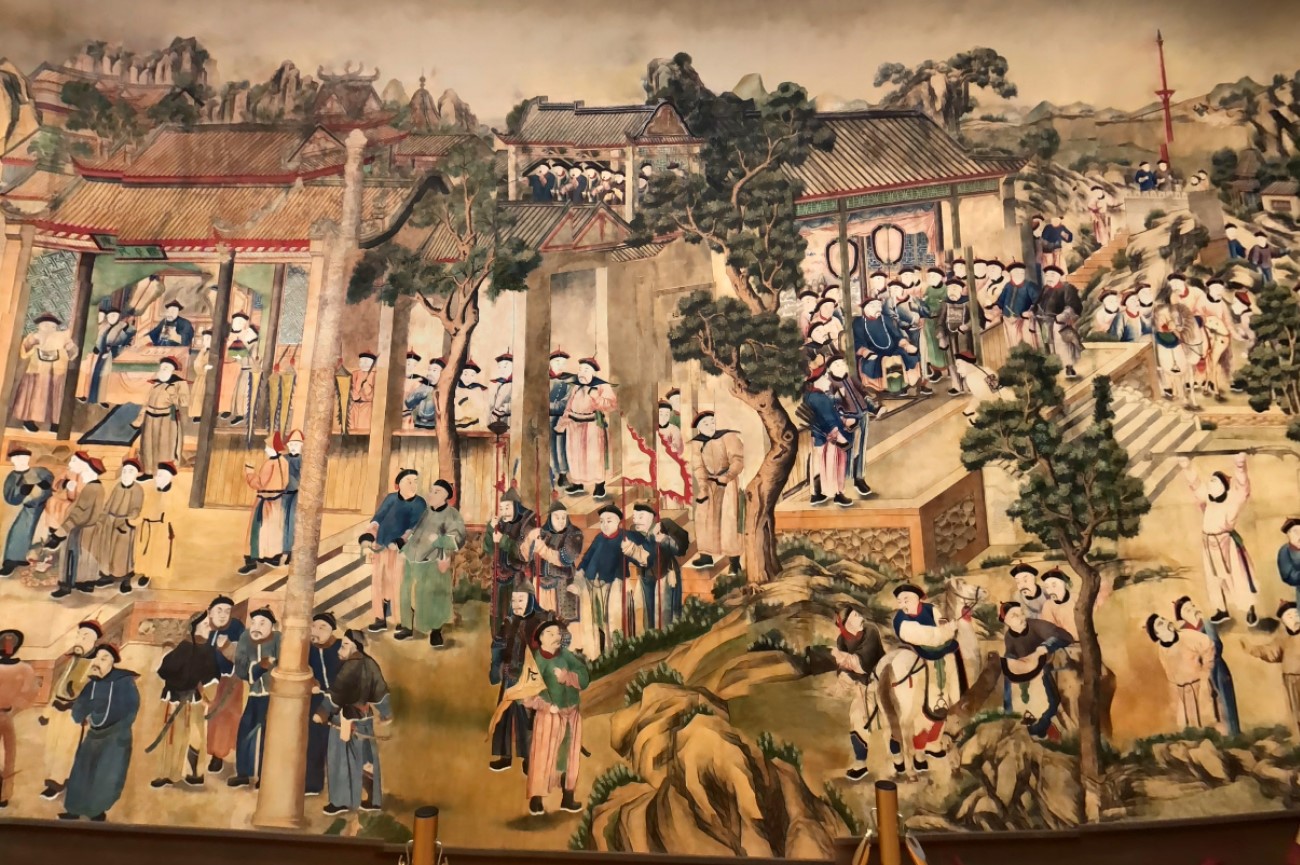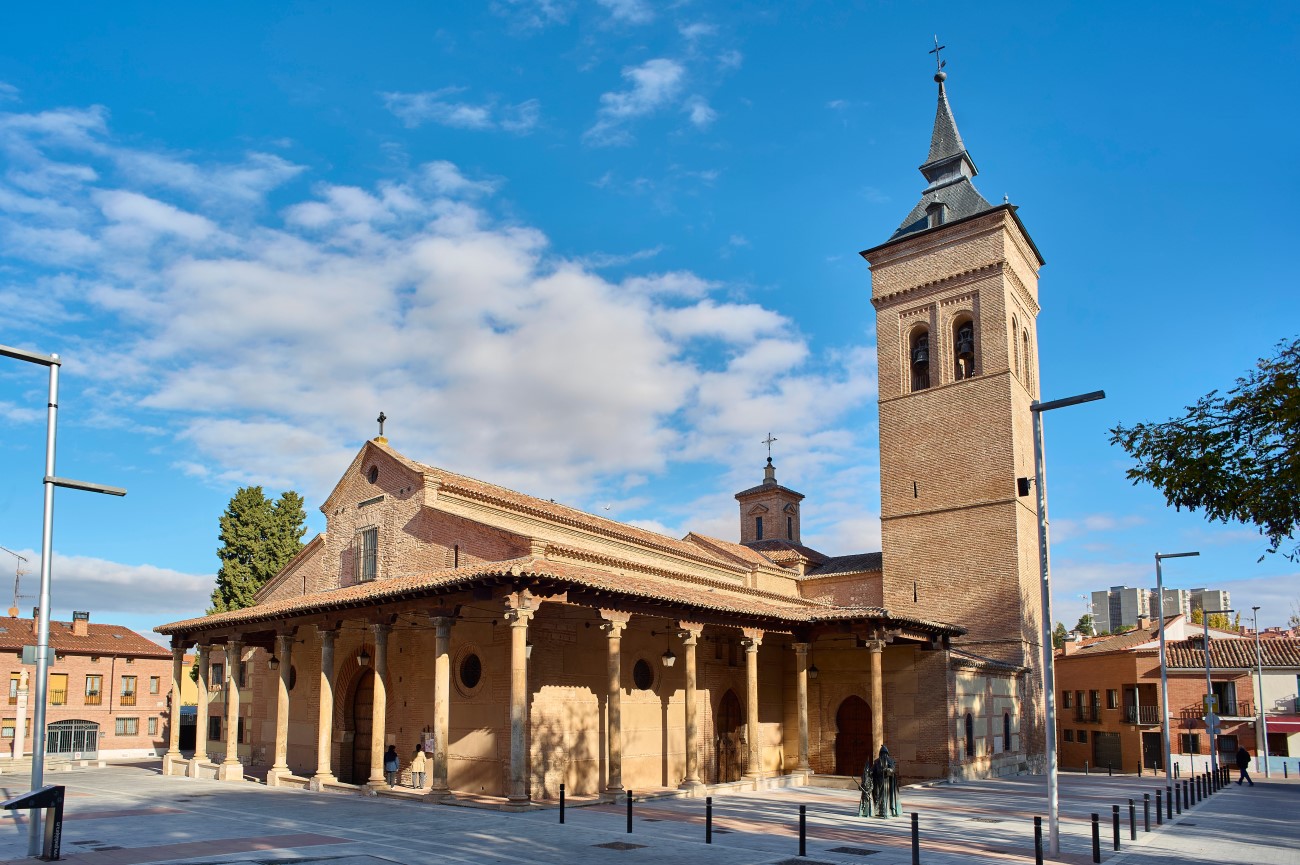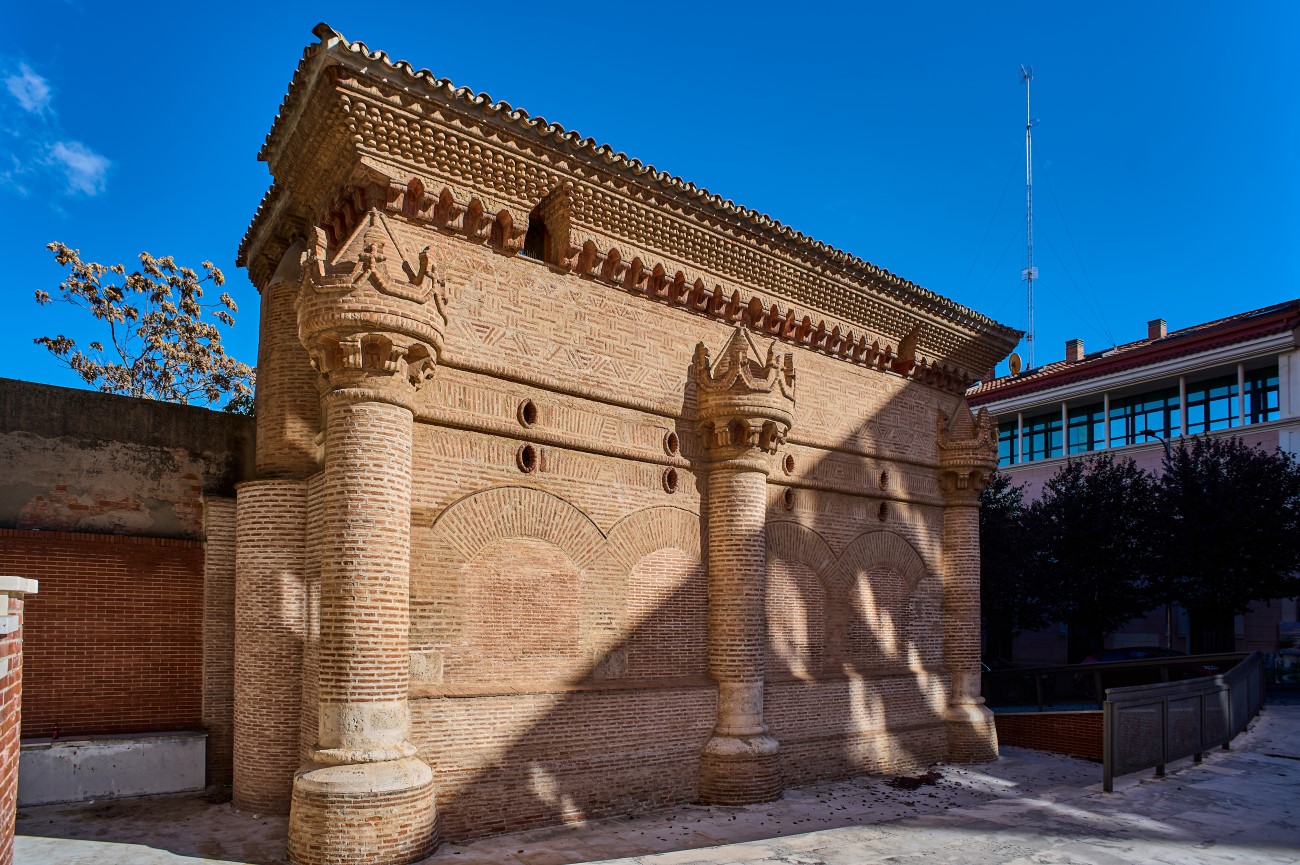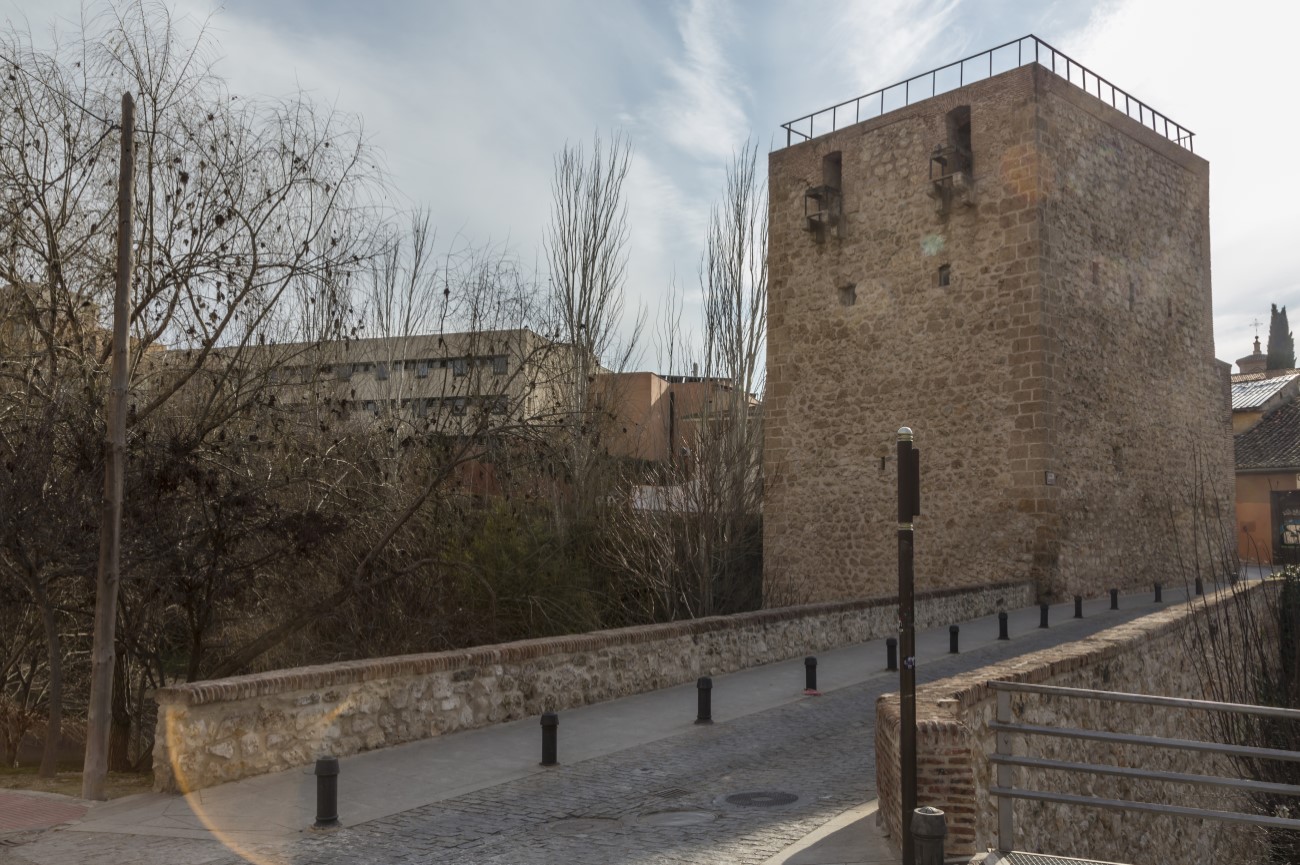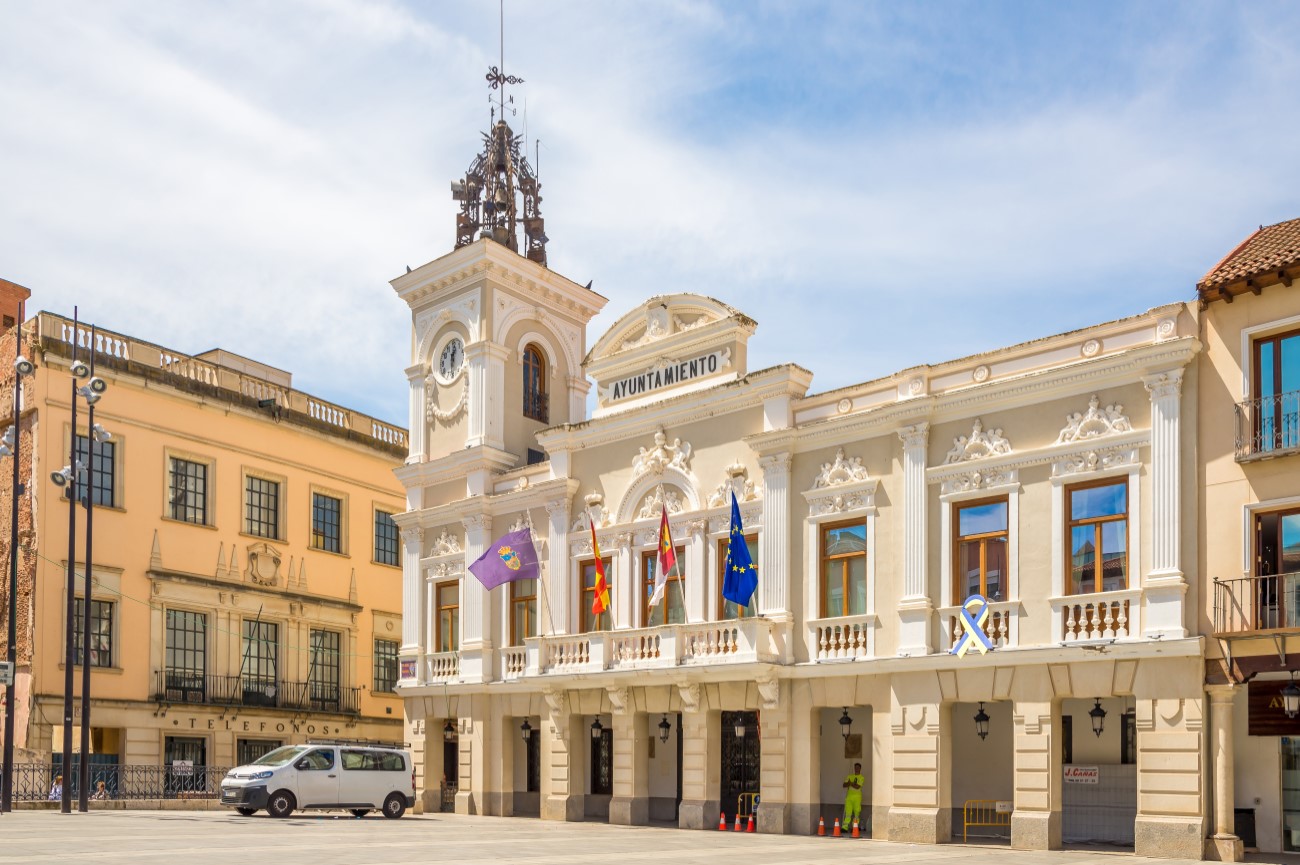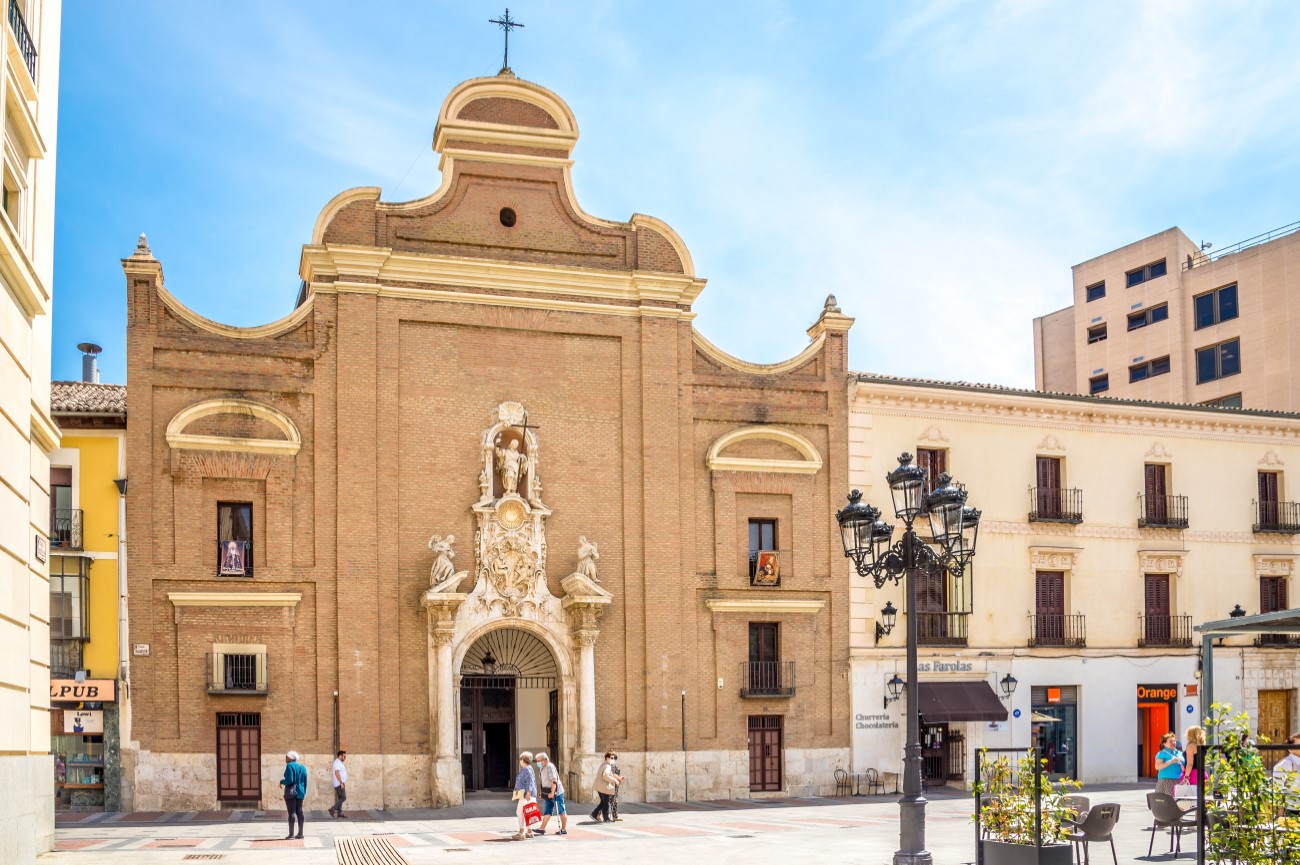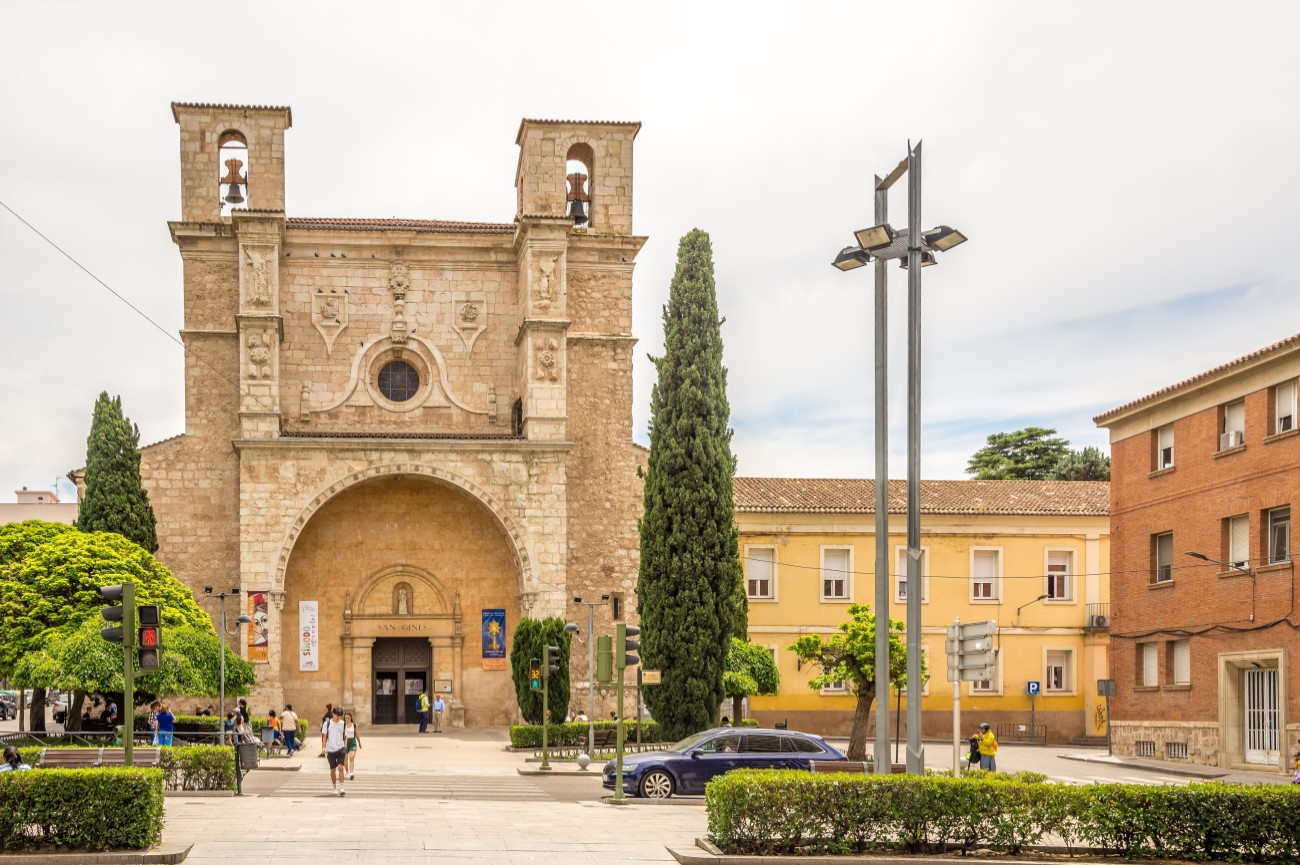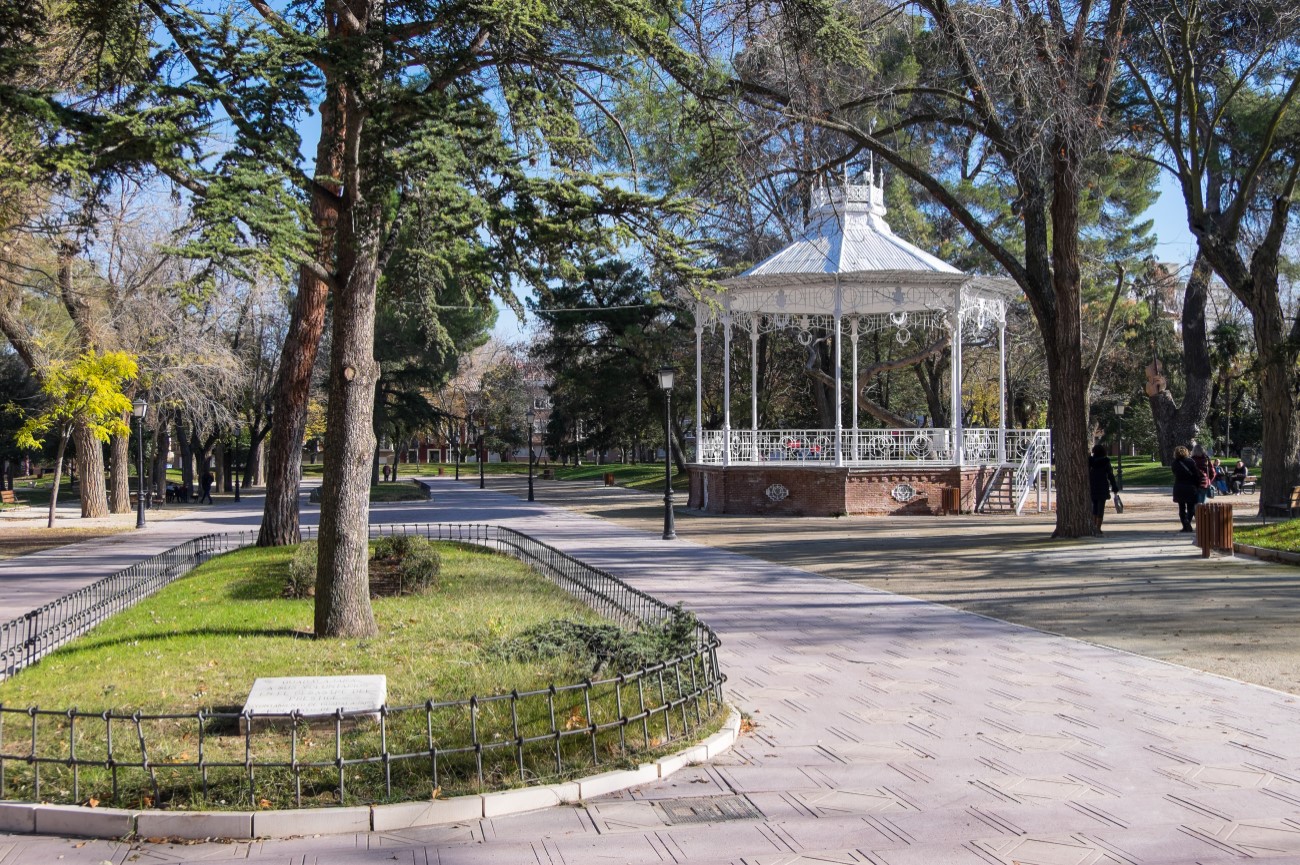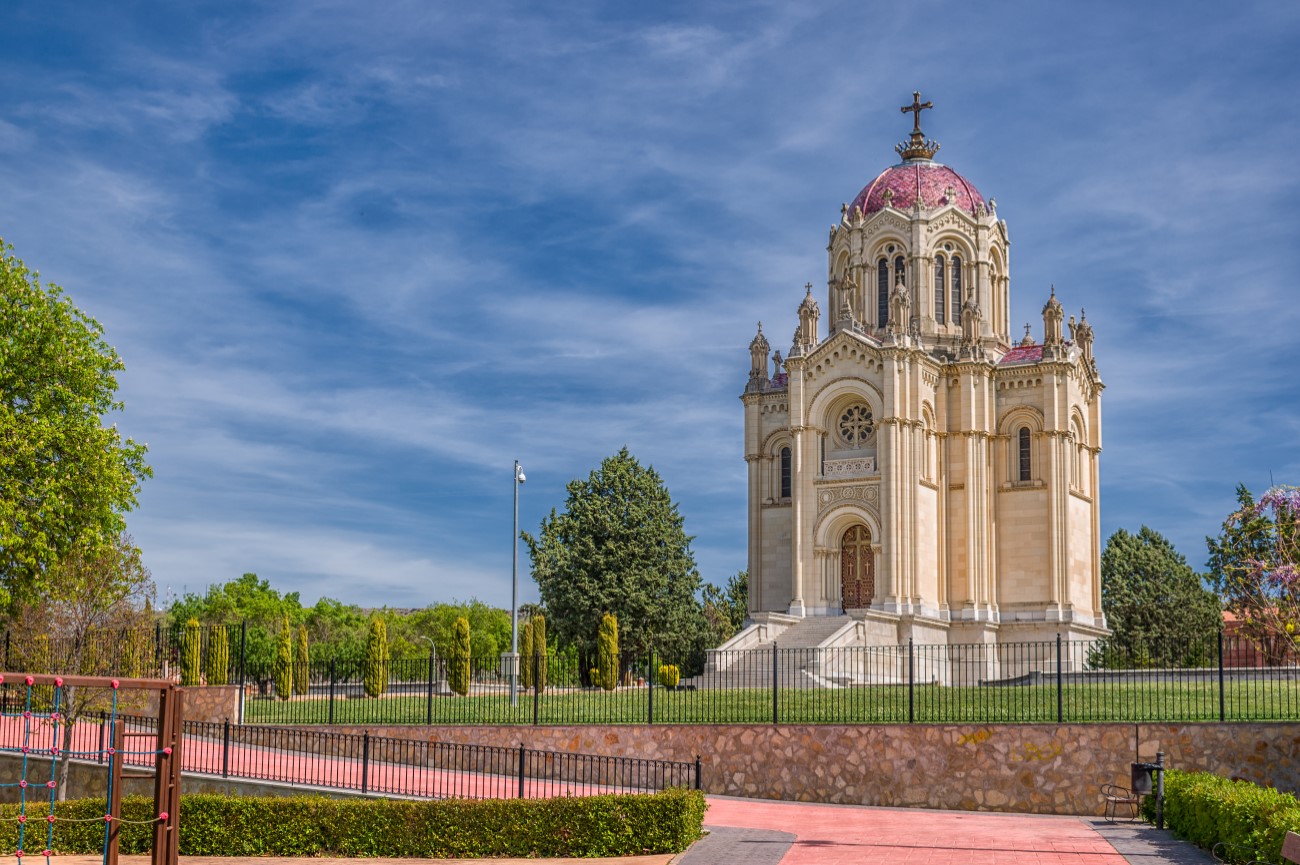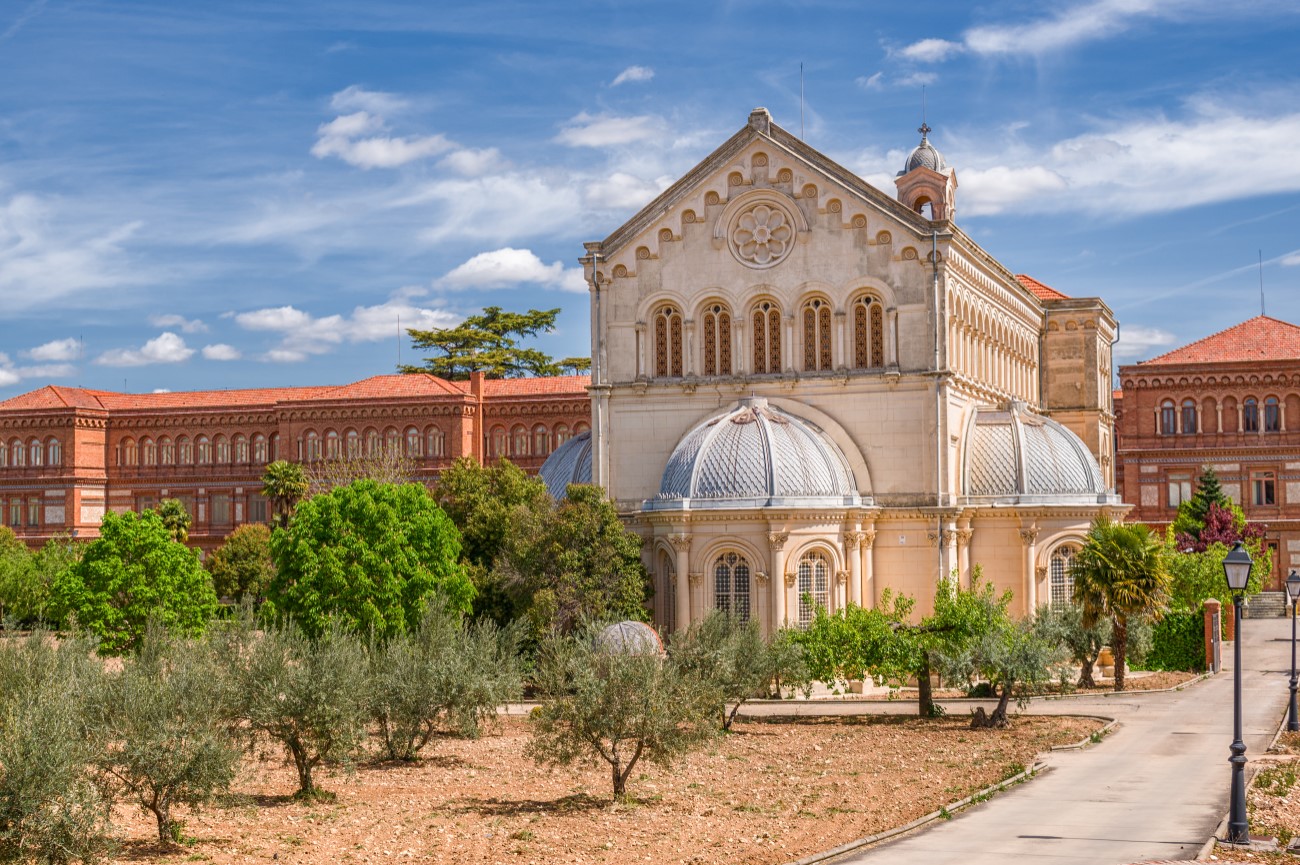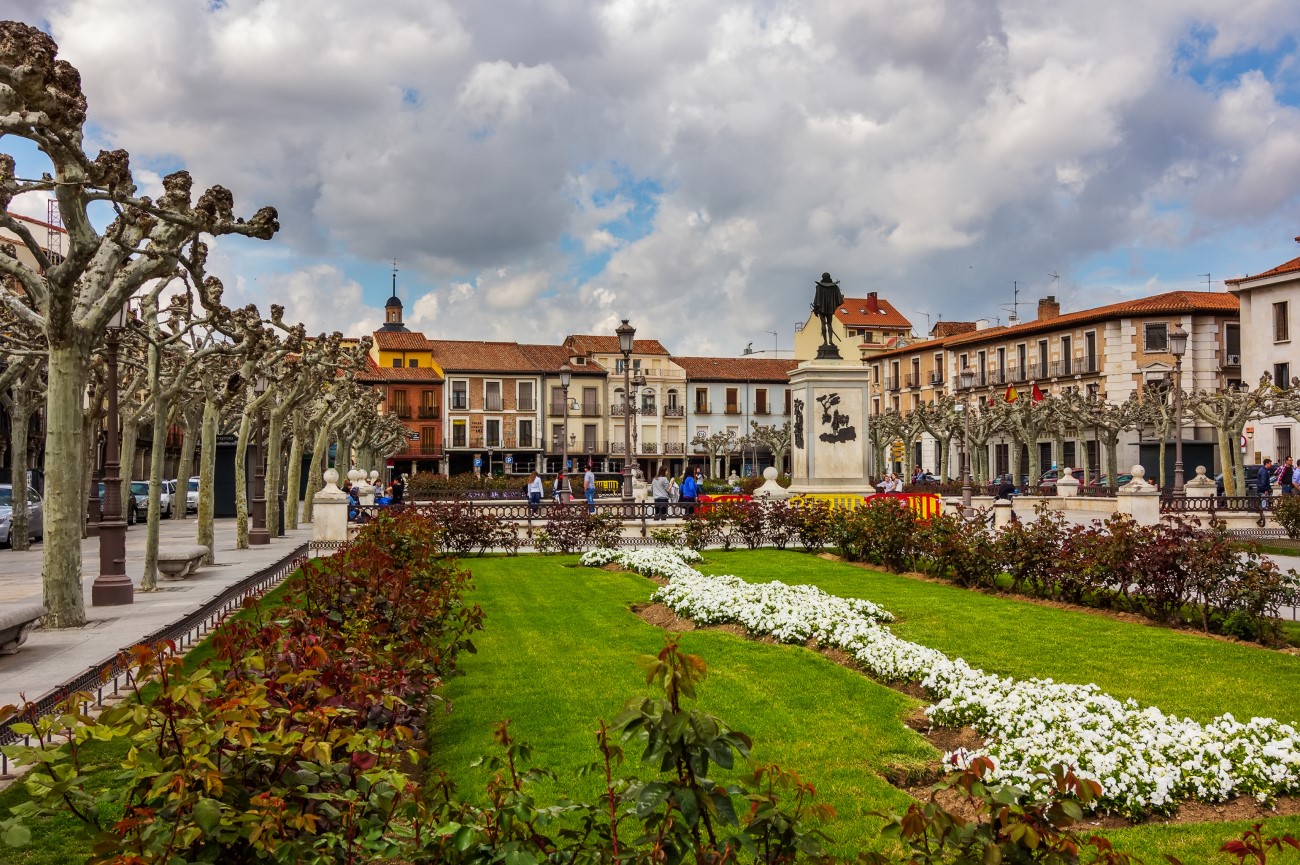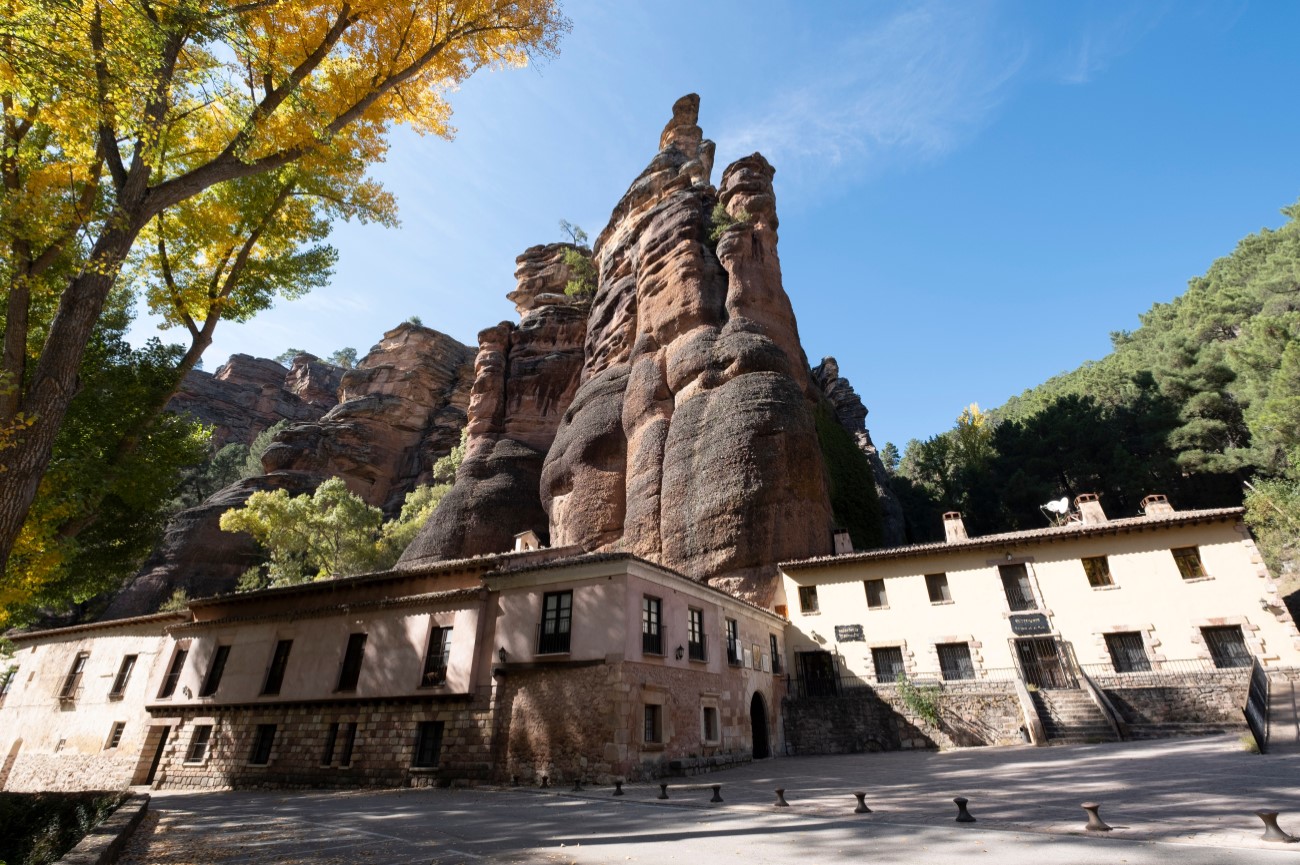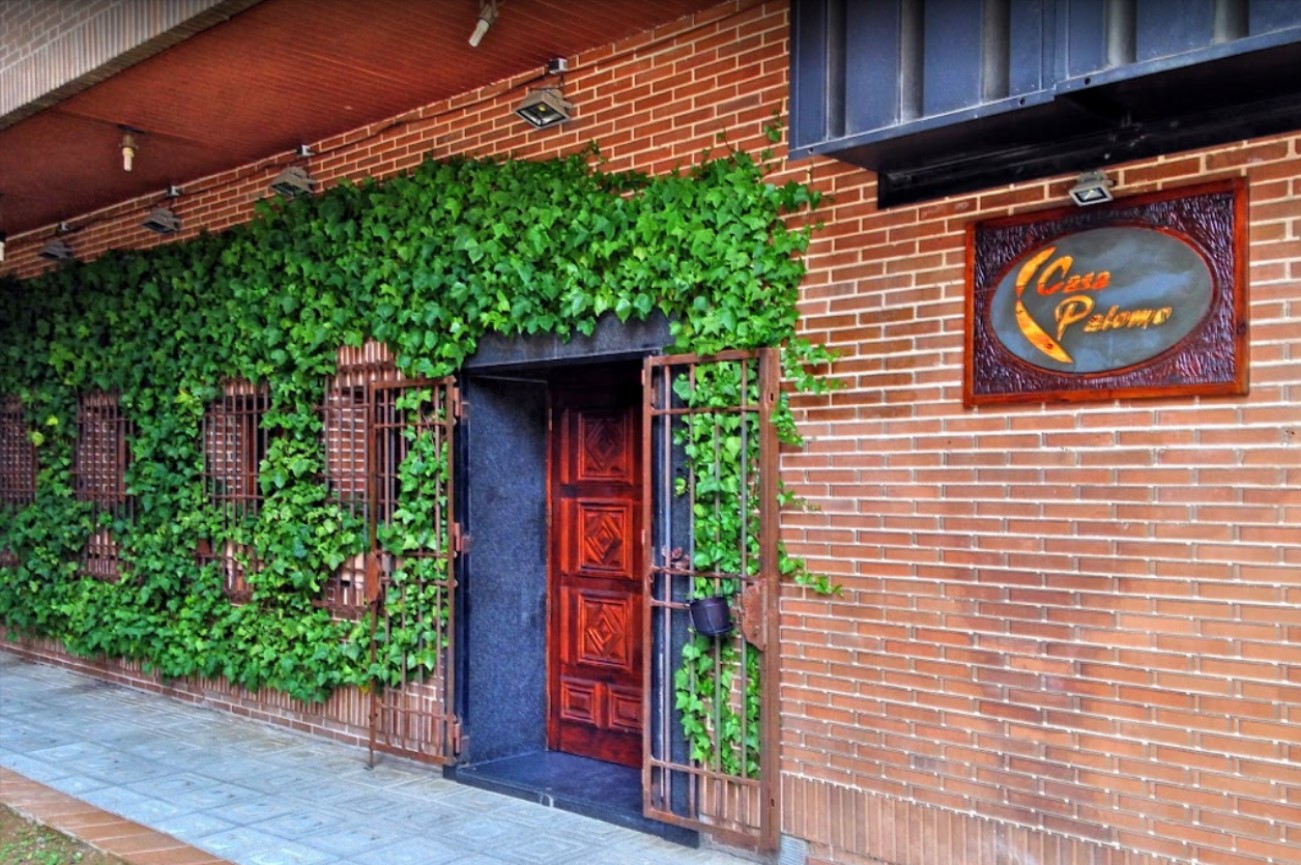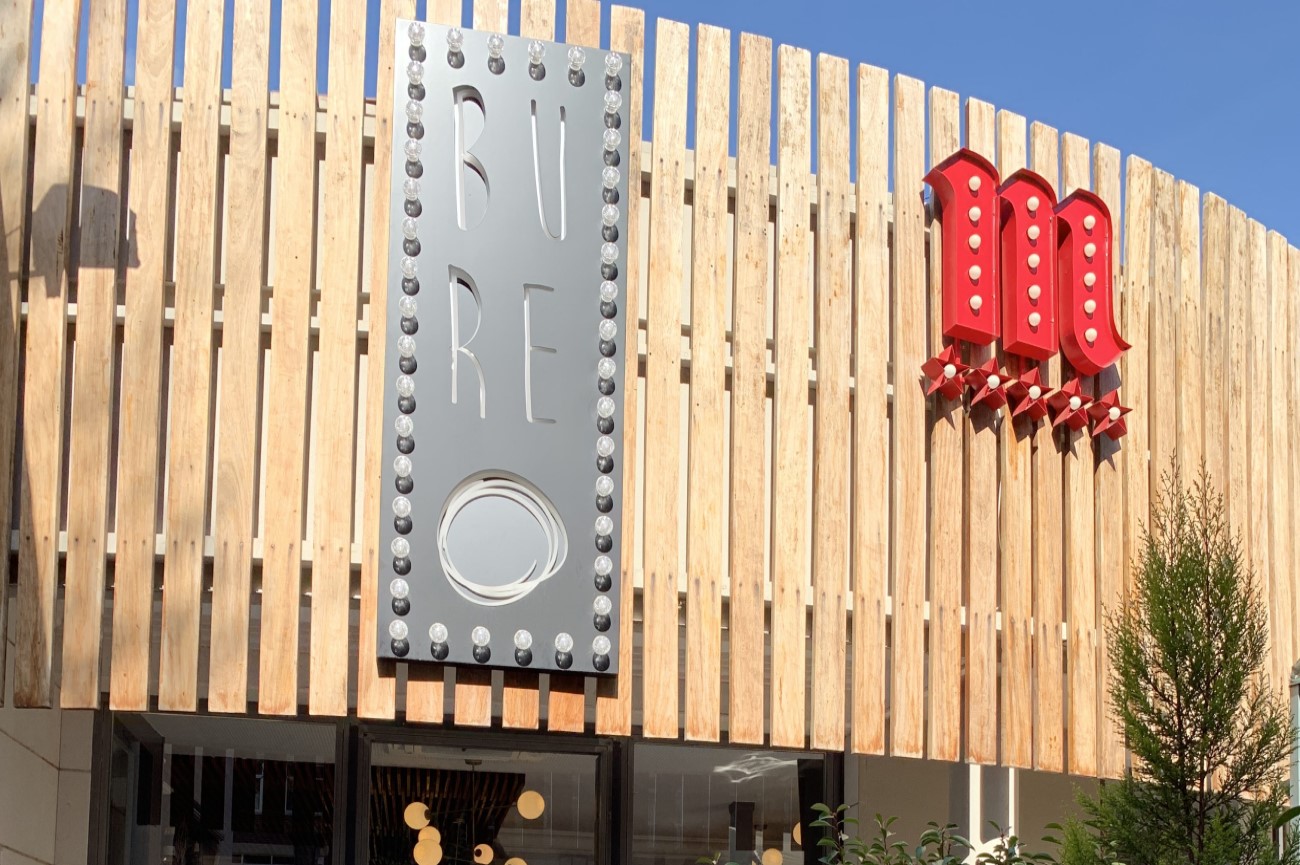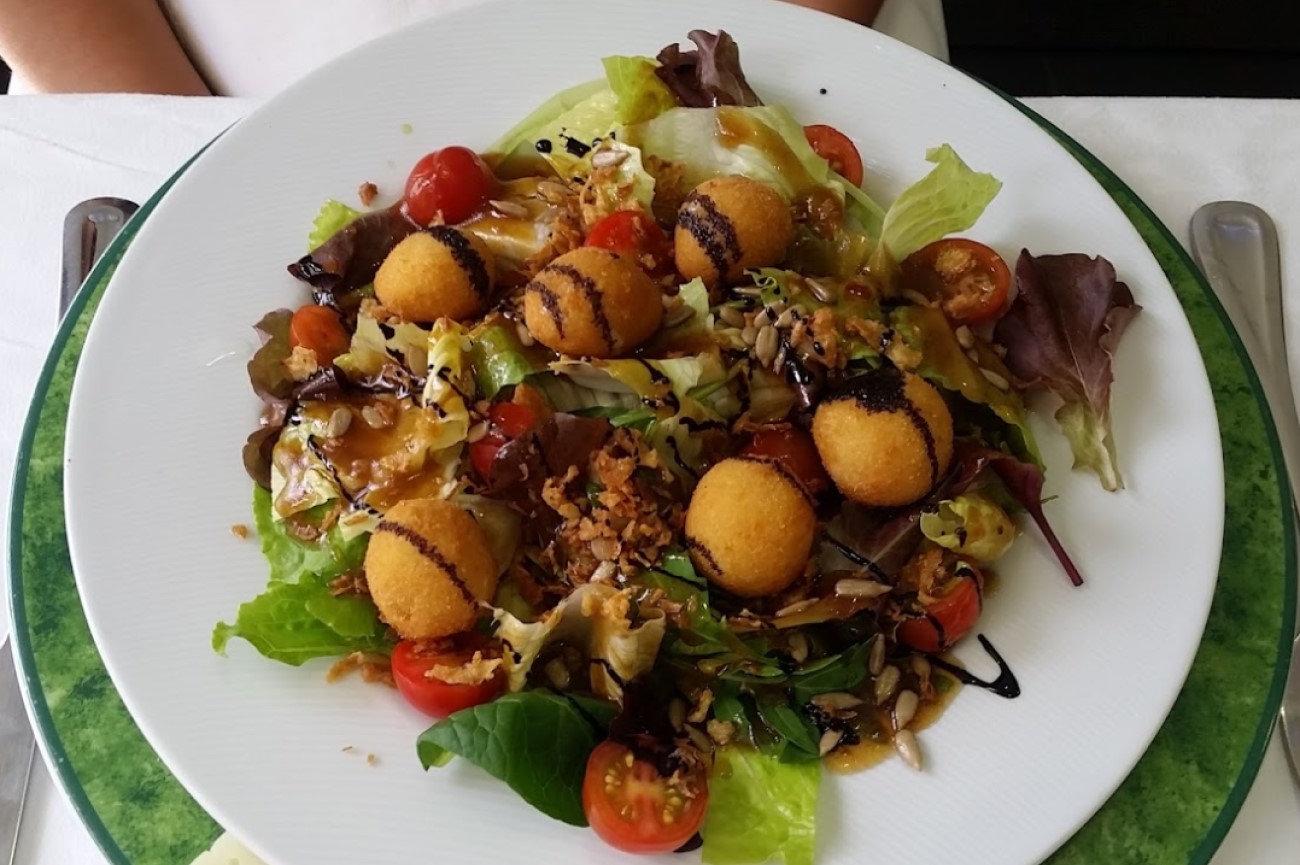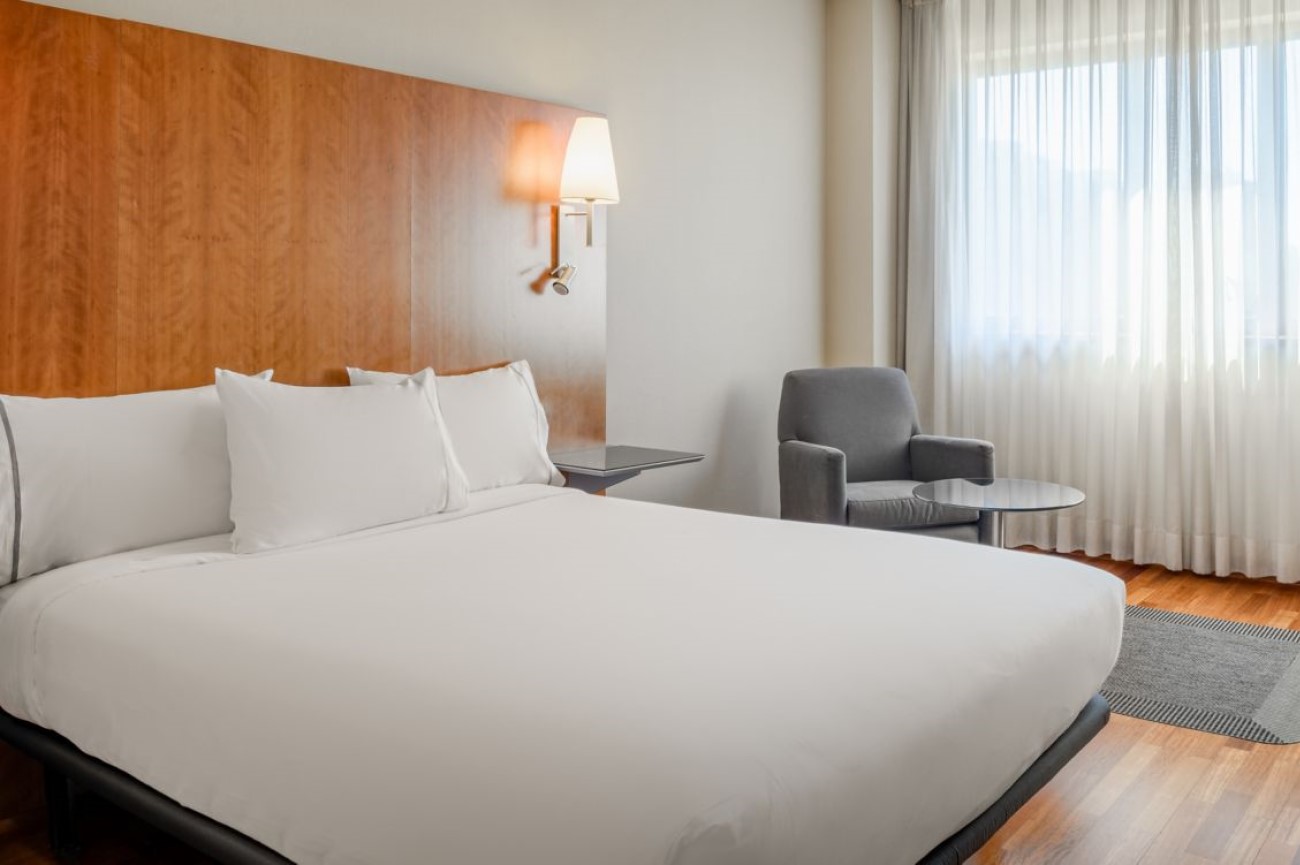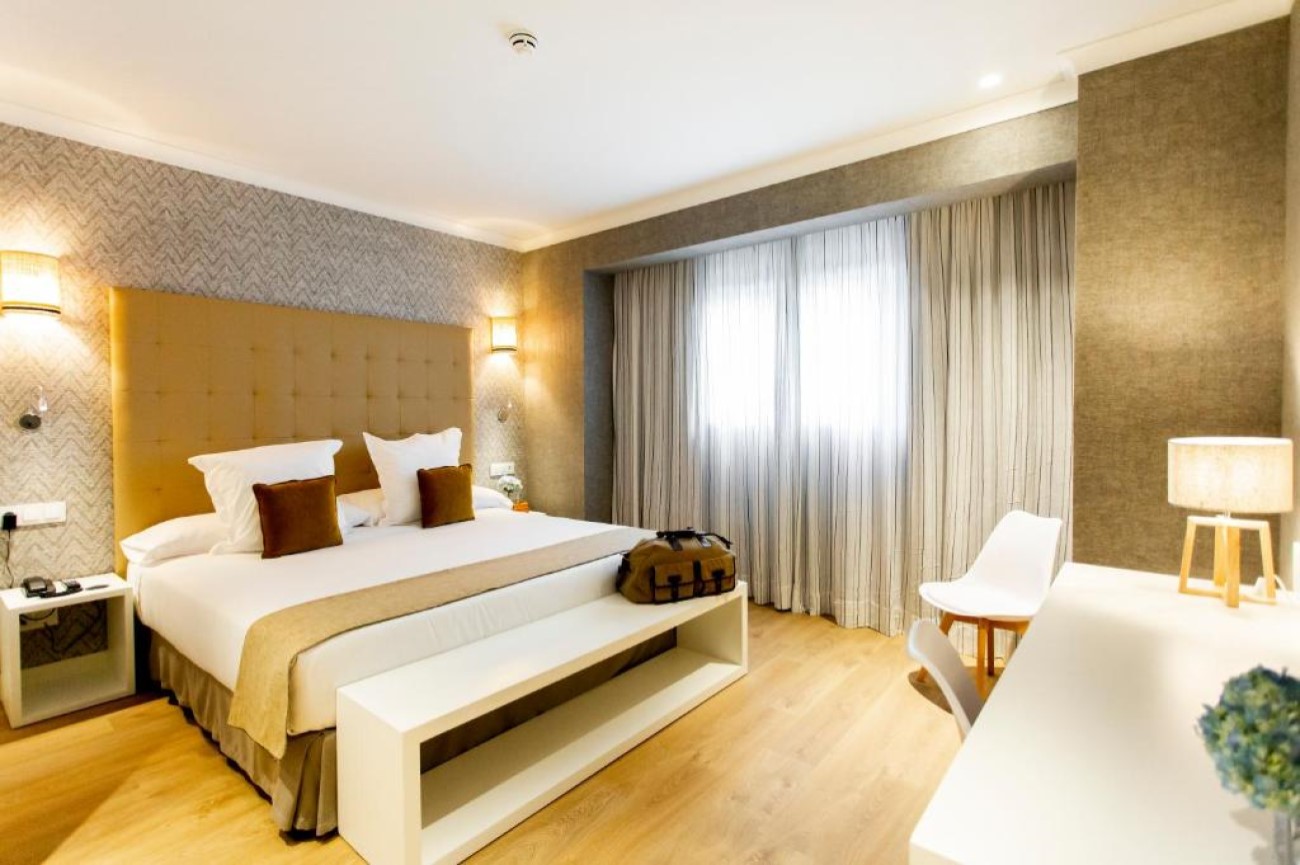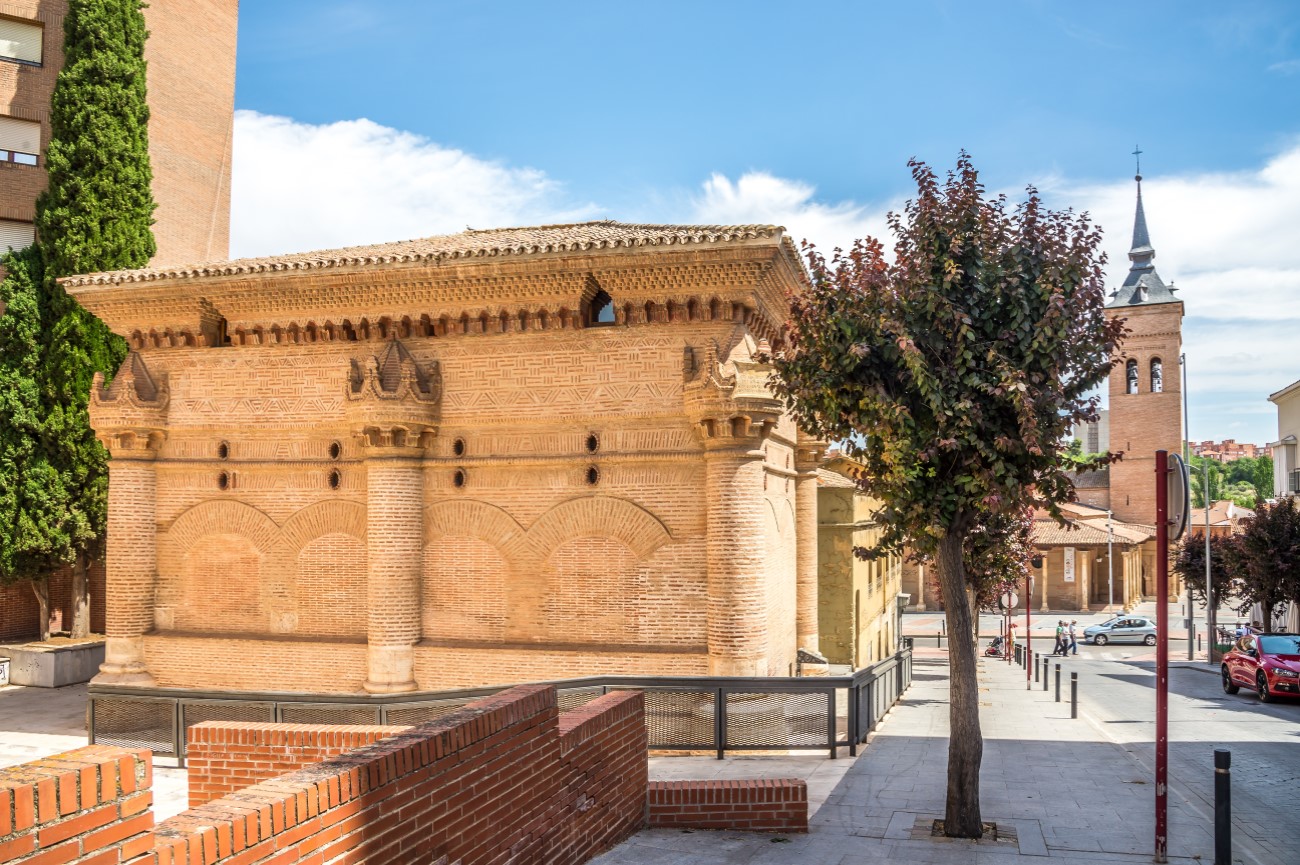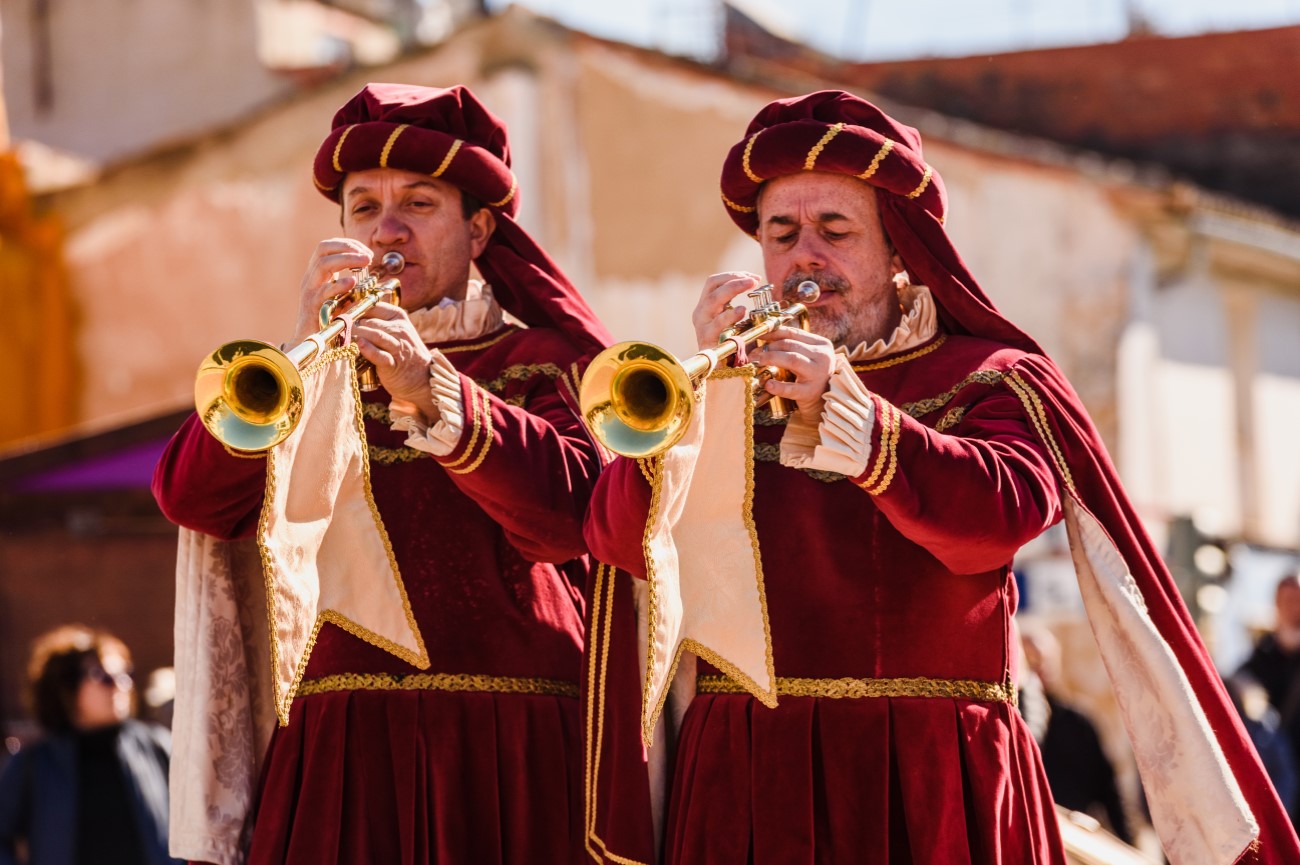Things to do in Guadalajara, Spain - 1-day itinerary
Facing the River Henares, Guadalajara has been occupied since the Roman era. During the 12th century, Alfonso VII offered a charter to the city, increasing the interest in this growing urban centre. Later, it became the seat of the Dukes of the Infantado, whose palace still stands today.
Alongside the Infantado Palace, it’s worth walking along the historic centre, which sits around Calle Mayor. Guadalajara is the perfect place for a quick getaway from Madrid, as it’s only an hour away from the capital. Our itinerary below features the best things to do in Guadalajara to help you make the most of your day.
Day 1

Morning: Infantado Palace
Begin your day with a visit to the Infantado Palace, one of the city’s most iconic attractions. It is the former palace of the Mendoza family, who earned the title of the Dukes of the Infantado. The family had a major role in developing the city.
Take some time to admire the facade with its spiky-shaped stones before stepping into the courtyard known as Patio de Los Leones. Look out for the carved lion and griffin motifs adorning the columns. Then head to the city museum or stop by Las Salas del Duque, where you can spot 16th-century frescos designed by Italian artist Romulo Cincinato.
Palace of Antonio de Mendoza
A few steps away is the Palace of Antonio de Mendoza, dating back to the 16th century. The building mainly follows the Italian Renaissance style, but you’ll also spot a few Neoclassical elements added in the 19th century. Throughout the years, it’s had multiple functions: a noble palace, convent, and museum, but currently, it works as a school.
Palacio de la Cotilla
Right in the heart of the old town is another Renaissance palace called Palacio de la Cotilla. Established around the 17th century by the Marquises of Villamejor, it is the perfect representation of the noble taste of that era. The main attraction here is the Chinese hall, where you can admire a 19th-century Chinese rice paper featuring the feudal life of Imperial China. End your visit with a stroll through the gardens located around the back of the building.
Santa Maria Co-Cathedral
Almost across the street from the palace is the Santa Maria Co-Cathedral, a 14th-century building occupying the site of an old mosque. Despite having had some renovations during the 17th century, its Mudejar style is still prevalent. Among the most iconic elements are the doors with horseshoe arches, a brick tower and several carved tombs.
Chapel of Don Luis de Lucena
As you exit the cathedral, you'll spot this striking 16th-century chapel. The facade stands out with its brick structure, but it's worth stepping inside to see the Mannerist frescos decorating the vault. You can book a tour of the chapel (usually takes around 20 minutes) to learn more about the building and its connection with the city.
Torreón del Alamín
Sharing the name of the El Alamín neighbourhood, this tower is one of the highlights of Guadalajara. The attached bridge was erected at the end of the 13th century by the Infanta Isabella, Lady of Guadalajara, and her sister Beatrix to allow access to the convent of San Bernardo. The tower is now home to an exhibition space that covers the history of medieval Guadalajara. The collection includes a model of the old city where you can see the former defensive layout and the narrow streets.
Morning - Guadalajara Tour Map
Afternoon: Plaza Mayor
Plaza Mayor is the heart of Guadalajara's old town. This iconic square is home to several restaurants, bars and shops. You can also find the town hall here. Its central location makes it a good meeting spot too.
Church of San Nicolás
Keep walking down the Calle Mayor until you reach Plaza de Jardinillo, a lovely square where you’ll find a 16th-century statue of Neptune. Noteworthy buildings around here include the Bank of Spain, the Palace of the Counts of Coruña and the Church of San Nicólas. Erected in 1647, the church features a striking Baroque facade, while the interior has a classic Jesuit style. It’s worth capturing the high altar and the statue of comendador Rodrigo de Campuzano.
Church of San Ginés
Another must-visit in Guadalajara is the beautiful Church of San Ginés in Plaza de Santo Domingo. The highlight here is the colonial-style facade with two towers on the side. Inside, you can discover paintings, sculptures and chapels featuring ancient designs.
Concordia Park
Just a few minutes from the church is Concordia Park. Take a stroll under the trees and enjoy a break from sightseeing at one of the benches. There are also swings and slides everywhere, making it ideal for families.
Pantheon of the Duchess of Sevillano
This pantheon was built in honour of the father and relatives of María Diega Desmaissieres, also known as the Duchess of Sevillano. Surrounded by lush trees, it is a remarkable example of 19th-century architecture influenced by the Italian art. Inside is a mix of paintings, sculptures and tombs.
Iglesia de Santa María Micaela
Our last stop is the Iglesia de Santa María Micaela. Designed by Velázquez Bosco, this 19th-century church has a single nave with three levels. It follows the Mudéjar style, but some pieces, like the choir arch, feature elements of the Renaissance too.
Afternoon - Guadalajara Tour Map
Other things to do in Guadalajara
- Alcalá de Henares: Alcalá de Henares is famous for being the birthplace of Miguel de Cervantes, the brilliant author behind “Don Quixote”. The house he was born in is now a museum dedicated to his work. At Calle Mayor, keep an eye out for number 48, which features a life-sized sculpture of Don Quixote and Sancho Panza sitting on a bench. Other attractions in the town include the University, Torre de Santa María, and the Corral de Comedias, an ancient theatre dating back to the 17th century.
- Alto Tajo Natural Park: You'll find this natural reserve between Guadalajara and Cuenca. It offers one of the largest networks of canyons and gorges in Castille-La Mancha. The scenery is ideal for a hike, but you can also practise kayak, abseiling or mountain biking.
Top things to do with kids in Guadalajara
There are a few things to do in Guadalajara with kids. The city is relatively small, so you can easily explore it on foot. Beyond the main attractions, families can visit the Guadalajara Zoo for free. Alternatively, you can go hiking or kayaking along the Alto Tajo Natural Park.
Where to eat in Guadalajara
Like many places in the Castilla–La Mancha region, Guadalajara is known of its meat dishes. Roasted lamb and kid are some of the top specialities. Other favourite ingredients include trout, crayfish and pork. Below are some of the best places to eat in Guadalajara:
- Casa Palomo: This family-run restaurant is located right next to the city's cathedral. The decor is rustic, with exposed brick walls and ceramic flooring. Oxtail, suckling pig, lamb and mushrooms are a few things you can expect to find on the menu.
- Bureo: Bureo focuses on a nouvelle cuisine concept. It offers a variety of dishes, including seafood and meat options. Make sure to leave room for the cheesecake, one of the house specialities.
- Dávalos: This spacious restaurant is conveniently located in the city centre. The menu features local specialities like oxtail, as well as fresh fish. For dessert, try the bizcochos borrachos, a kind of sponge cake typical from this region.
Where to stay in Guadalajara
- AC Hotel by Marriott Guadalajara (4 stars): Only a few steps from the Infantado Palace, this contemporary hotel offers easy access to the city's main attractions. It features 103 rooms with a minimal design. Facilities include a fitness centre and a lounge offering cocktails and small plates to share.
- Hotel Pax Guadalajara (4 stars): Set on the outskirts of the city, this hotel offers 105 rooms. Clients can access the gardens and parking, which includes charging stations for electric cars.
Best time to visit Guadalajara
The best time to visit Guadalajara is around May. The weather is pleasant enough for sightseeing, with temperatures ranging between 20ºC and 26ºC. It gets much hotter in July when the temperatures can reach 32ºC. Meanwhile, January is the coldest month of the year, with an average of 10ºC.
Guadalajara Festivals
- Festival of Medieval Theatre in Hita: The most important festival in the district of Guadalajara is the Festival of Medieval Theatre. Held in the town of Hita, it includes medieval plays, processions and dances. It all starts in early July with the 'Botargas' and 'Danzantes de la Somosierra', a performance that includes pipers and 'dulzainas' (an instrument similar to a clarinet). Other activities include a medieval lunch and the running of the bulls.


